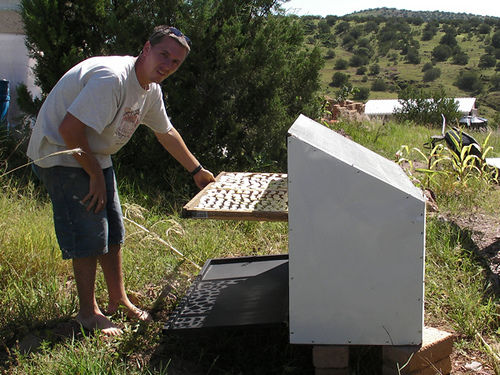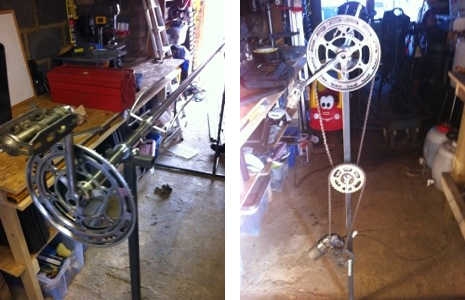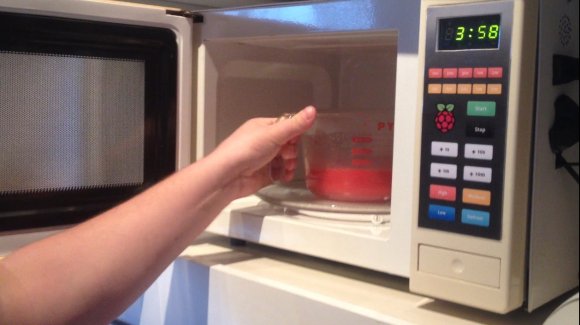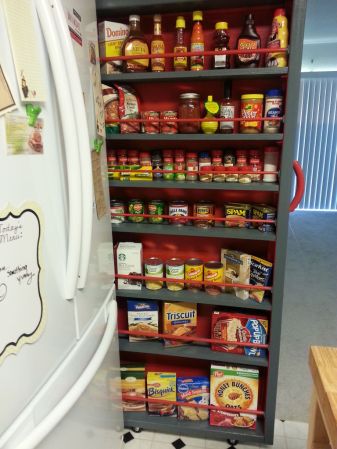
The [VelaCreations] family lives off the grid, getting the electricity that they actually use from solar and wind power. When they started looking for ways to preserve the fruit and vegetables now coming into harvest the electricity consumption and cost of a food dehydrator made them balk. What they do have plenty of at this time of year is sun and heat, so they built their own solar food drier.
The frame is made of welded square tube. They mention that you will have to alter it if you don’t have welding tools, but building your own MOT welder is just one more fun project to take on. The frame has wood rails to hold the trays of food. It is enclosed with translucent polycarbonate sheets. There is a vent in the top as well as the bottom. As the heat from the sun builds inside, it flows upward, sucking fresh air in the bottom. This carries away moisture from the food and can be regulated by adjusting the size of the bottom vent.


















